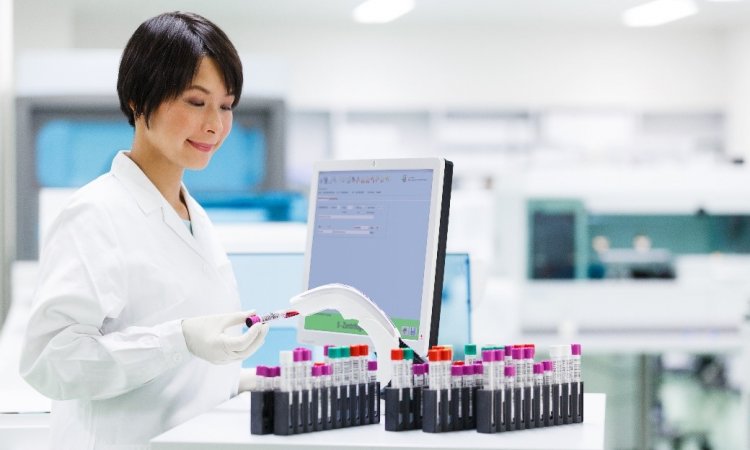The modern laboratory information and management system
By Dr Andreas Bess, Head of IT Consulting at mgm
Germany - Managing a lab for out- and in-patient care involves not only mastering increasing pressures in terms of efficiency and cost-optimisation, but also being au courant with ever evolving clinical issues and state-of-the-art lab technology and procedures.

In addition to its core business – providing the foundation for fast and high-quality diagnoses for a wide range of medical disciplines – the modern lab must perform accounting and controlling tasks, from identifying and documenting billable services to generating invoices. These varied tasks require data processing and data management support that only a sophisticated lab information and management system (LIMS) can offer.
First and foremost, to accommodate several facilities in a lab cluster while ensuring full compliance with privacy and data protection regulations, LIMS architecture must be scalable. It must support different lab disciplines, such as clinical chemistry and endocrinology, haematology and immuno-haematology, microbiology, molecular biology, immunology, virology, toxicology, pharmacology and infection serology down to transfusion serology and blood depot management – to name but a few. Additionally, the system must allow outsourcing certain services to external providers, for highly specialised procedures, for example.
A state-of-the-art LIMS offers order entry by the client. Data are transmitted via an HL7 interface, or a web-based LIMS tool, to the lab where the LIMS ensures that samples and orders are identified properly and that the digital order and samples are linked in a way compliant with all quality assurance and regulatory criteria.
After being logged in, the order is processed. The LIMS supports rule-based review of order-specimen-material and subsequent queuing or assignment to available analysts or teams, according to the individual lab’s organisational structure. The LIMS accompanies the order through all stages of workflow and allows tracking of the order along the entire process chain.
Analyses results are recorded and documented in the traditional quantitative forms, as well as in semi- and full qualitative forms and charts and graphs. Today, the ability to record results online, directly from lab instrumentation, is an absolute must. In addition, decentralised equipment for point of care testing (POCT) must be managed by the LIMS, both in terms of recording results and of quality assurance procedures.
Medical validation is supported by a technical validation, which means a staged release process is performed in which the results are tested on the basis of reference tables and plausibility criteria, possibly also in communication with lab instrumentation and the information services provided by the manufacturers of reagents and equipment. Using plausibilities and customisable rules the LIMS generates work sheets and task lists that are assigned to certain staff or physicians.
Efficient communication and transmission of results is a major challenge in a lab with many different clients. A modern LIMS offers a wide range of flexible (and printable) forms and formats that can be transmitted in various ways via different communication standards. Anything, from simple and unstructured test results down the most complex, highly structured and detailed reports that can be imported directly into the client’s system, should be possible at the touch of a button. If the LIMS opts for the paper-less approach, and the data are available only in electronic form, certain aspects assume critical importance, such as validity and long-term access to the data, authentication and electronic signature.
All LIMS components are governed by statutory and voluntary quality assurance requirements. QA in a lab environment is a complex process that involves the implementation of national and international regulations, as well as standardised operating procedures (SOP).
The lab components of an LIMS, such as order management and result transmission, are complemented by sophisticated statistical, reporting and accounting functionalities, which include recording of billable services as well as billing itself. The LIMS collects and represents data on all services provided by the lab and generates detailed and itemised invoices that satisfy the requirements of the lab and client. Consequently, the billing and accounting functionalities of an LIMS should be highly flexible and customisable.
The control-oriented functionalities of a LIMS offer comprehensive reporting options for long-term controlling as well as for ad hoc analytical and statistical purposes, and answer both standard and highly individualised queries.
In short: a modern LIMS should ensure fast and cost-effective service while integrating all information flows that serve one overall goal: to control the entire lab – both from a clinical
and a business viewpoint – while complying with regulatory and customer requirements.
Details: www.mgm-gmbh.de
Contact: post@mgm-gmbh.de or bess@mgm-gmbh.de
30.04.2008











